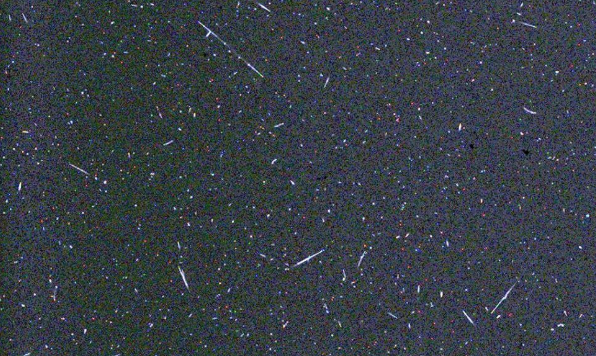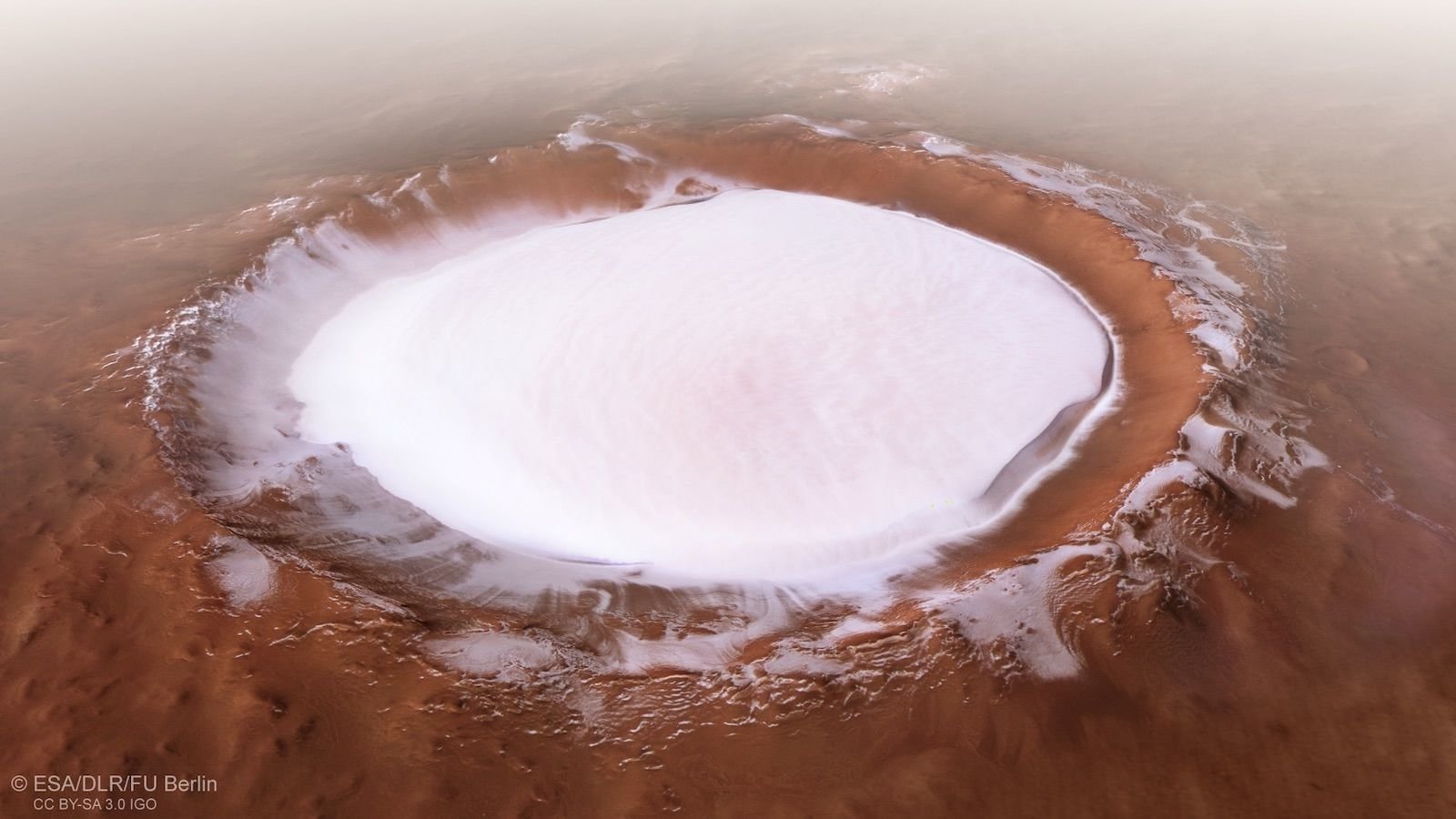As the hunt for life on Mars starts getting into full swing, some scientists are already looking beyond the Red Planet, to our solar system’s next astrobiological frontier.
Two rovers are scheduled to launch toward the Red Planet this summer: NASA’s Mars 2020 vehicle and Rosalind Franklin, a joint effort of the European and Russian space agencies. Both six-wheeled robots will search for signs of ancient Mars life, and NASA’s craft will also collect and cache promising samples for eventual return to Earth, with an arrival here perhaps occurring as early as 2031.
These missions follow on the heels of a lengthy, NASA-led “follow the water” campaign, which has established that Mars was a relatively warm and wet world billions of years ago, complete with rivers, lakes and even, some researchers believe, a big ocean.
The Martian surface is dry today (with a few possible seasonal exceptions), explaining the two rovers’ focus on finding microfossils and other possible biosignatures from the ancient past. But there are still huge amounts of liquid water in the outer solar system, sloshing beneath the ice shells of multiple moons. The two most intriguing are the Saturn satellite Enceladus and the Jupiter moon Europa, both of whose subsurface oceans are likely in contact with their rocky cores, making possible a variety of complex chemical reactions.
There’s a very real chance that tiny creatures are swimming around in the dark, frigid seas of Enceladus and Europa today, many scientists believe. And momentum is building to go out there and look for that possible life in a variety of ways — ideally, by getting life-hunting robots into one or both of those buried oceans.
Read more: space



































